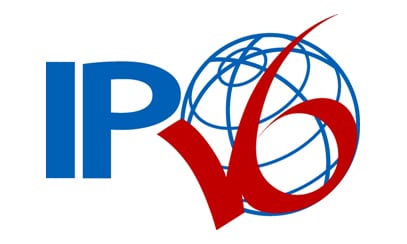
Professional communicators enjoy a well-deserved reputation for being early adopters of new technologies. Because our role is to deliver our clients’ messages to the right audiences in the most resonant way, we are always open to new tools and channels that make it possible to be efficient and truly effective in our work.
When I founded Stanton Communications 25 years ago, we relied heavily on paper news releases. Now, our craft is accelerating not only with the powerhouse social media applications of Facebook, Twitter and YouTube, but also apps and animated graphics that help us engage with increasingly savvy audiences. We do this in an industry populated with digital specialty firms that likely have little if any paper laying around.
On a parallel track, PR firms are eager to establish themselves as leaders in the use of new technologies. Periscope was not in the market for a month before at least one PR outfit began touting expertise in the program as a selling point. Real leadership in technology requires a deeper dive into understanding not only the way people communicate online, but how that communication happens on a substantive and technical level.
The Internet is a perfect example. We may not think of it this way, but the Internet is still in its evolutionary phase. Its infrastructure has given birth to revolutions in commerce, communication and innovation, but it was never intended to support all this at the scale we now experience. In fact, some 40 years ago when the Internet was in its infancy and limited to sending data packets over a small number of connections, its inventors determined that a then seemingly sufficient 4.3 billion connections, or IP addresses, would be more than enough to support the experiment, at that time. They were correct in the short run and established Internet Protocol Version 4 (IPv4) to do just that. Then the experiment escaped the lab.
Fast forward to today and the Internet must change gears, or rather protocols, to continue its historic, economic, and essential growth. ARIN, the American Registry for Internet Numbers, which distributes IP addresses to Internet Service providers (ISPs) and corporations in the United States, Canada and the Caribbean, announced just this month that it had reached the end of its free pool of IPv4 address space.
Thanks to enlightened foresight, the technical standards community planned for this eventuality and fostered the development of IPv6, IPv4’s 128-bit successor. The new protocol offers orders of magnitude more space to enable the Internet’s evolution. How much more? Try 7.9×1028 more address space than IPv4. Good luck counting that, but rest assured that it is more than enough room to keep pace with the Internet of Things and the 50 billion connected devices Cisco estimates will be on the market by 2020.
IPv6 is critically important for the public relations community to understand and embrace. Unbeknownst to most consumers, ISPs and device manufacturers have been baking IPv6-compatibility into their products for years. But PR firms and many digital specialists have failed to pay attention. They continue to produce web content and websites that are not IPv6 enabled – and still charge their clients big sums for the work.
Since IPv4 isn’t compatible with IPv6, all traffic from IPv6 enabled devices to websites on IPv4 must be translated through a gateway before reaching their intended destinations. And that doesn’t always happen in a complete or efficient fashion, if at all. So, for public relations professionals relying on data analytics as metrics to measure campaign performance and press their clients for budget increases, those gateways impede complete and accurate analysis. In other words, the person you want to reach sipping coffee in a Portland Starbucks browsing the Internet on their IPv6-enabled iPhone could show up as a potential customer in Seattle. That isn’t helpful for you or your clients.
If your clients aren’t prepared for IPv6, they place themselves at a competitive disadvantage. As strategic counselors, we have a responsibility to point this fact out and offer recommendations to eliminate this blind spot. One of the best ways to do that is for agencies to undertake their own internal website review to get their sites IPv6 compatible. That’s what Stanton Communications did. It took us a little time to sort out how to go about making our website available over IPv6, and the old guy in the corner office needed more than one explanation to fully understand it, but we worked through the complexities and learned that to truly serve our clients, we had to become an early adopter of this important and vital technology.
It’s one thing to declare leadership in technology through mastery of applications and programs. It is quite another to take the step to alter your firm’s infrastructure to stay current with the rapidly evolving world of technology. The experimental Internet has met its end. Leaders in the technology industry are embracing IPv6 to sustain the next phase of the Internet’s evolution. Public relations firms should do likewise to become part of that evolution.
Find the right agency to fit your needs by searching PR News’ Firm Finder Platform today.
Peter Stanton is CEO of Stanton Communications. Follow Stanton: @stantoncomm

